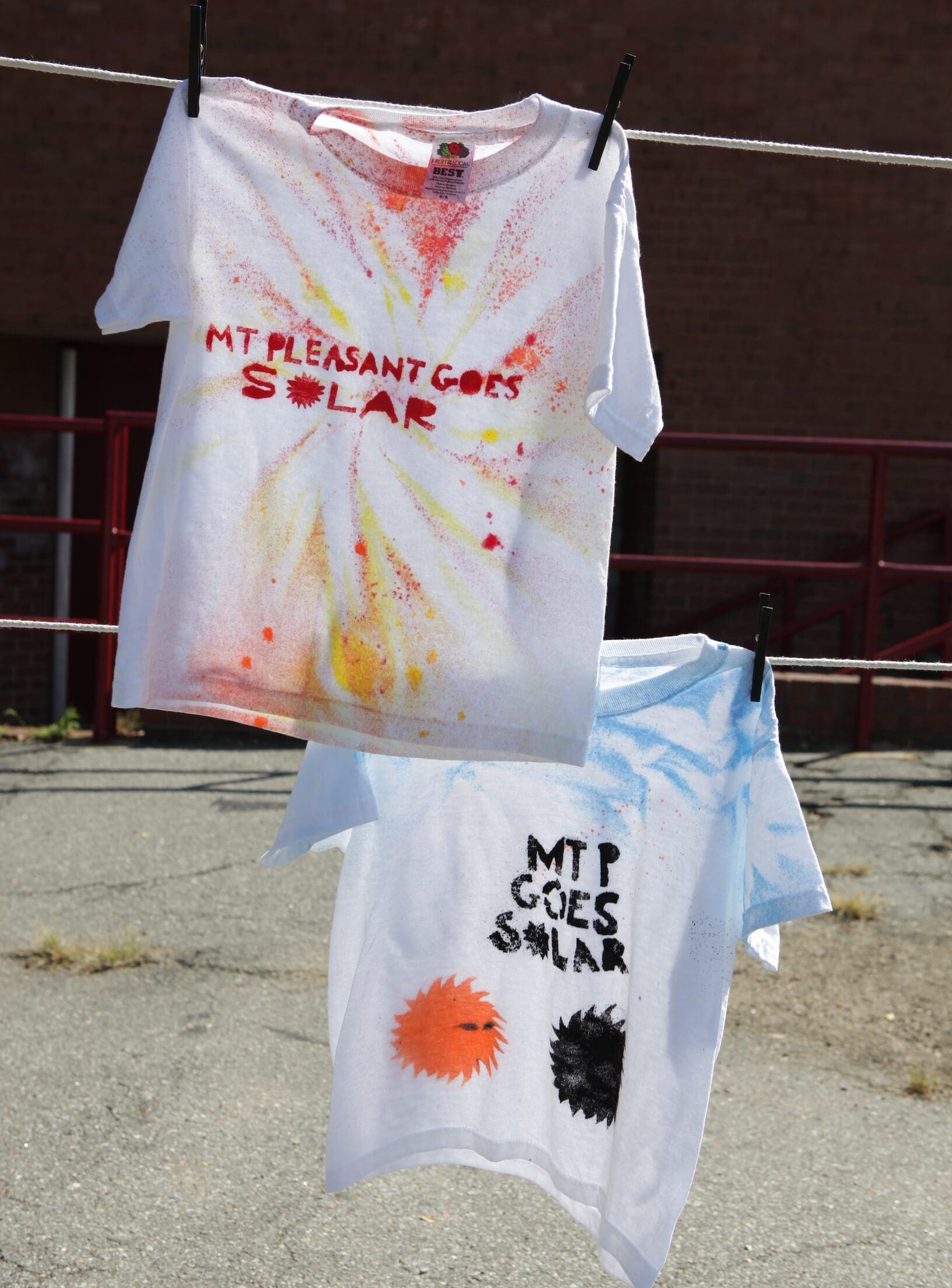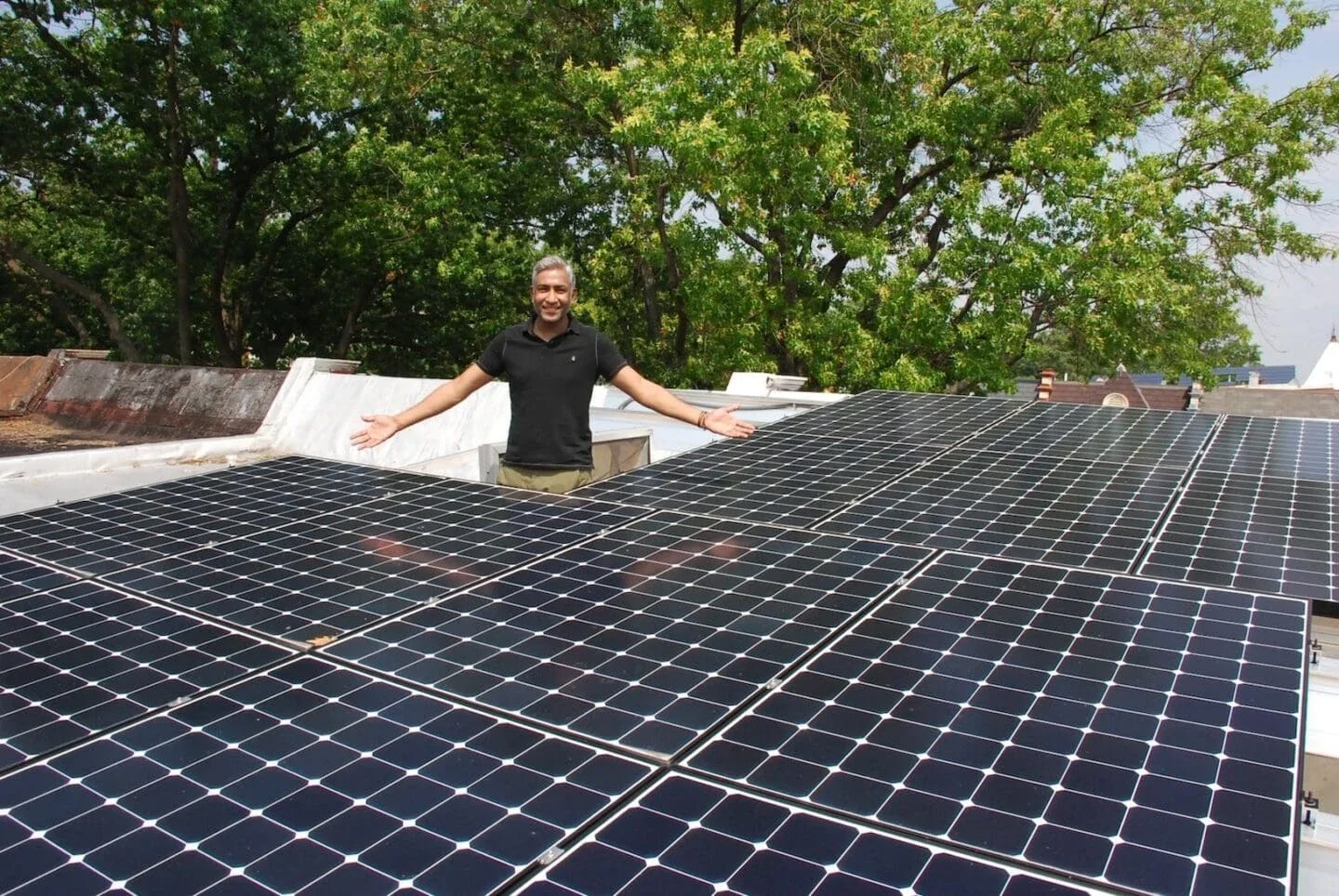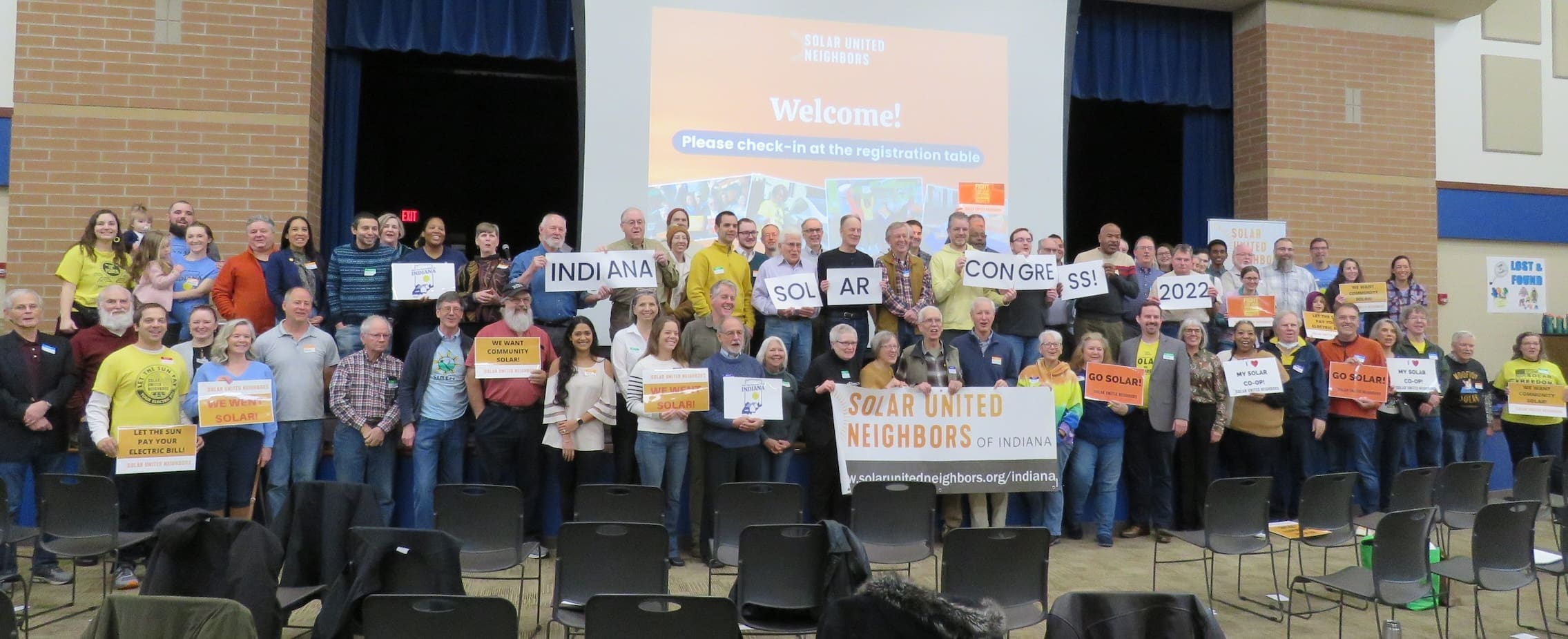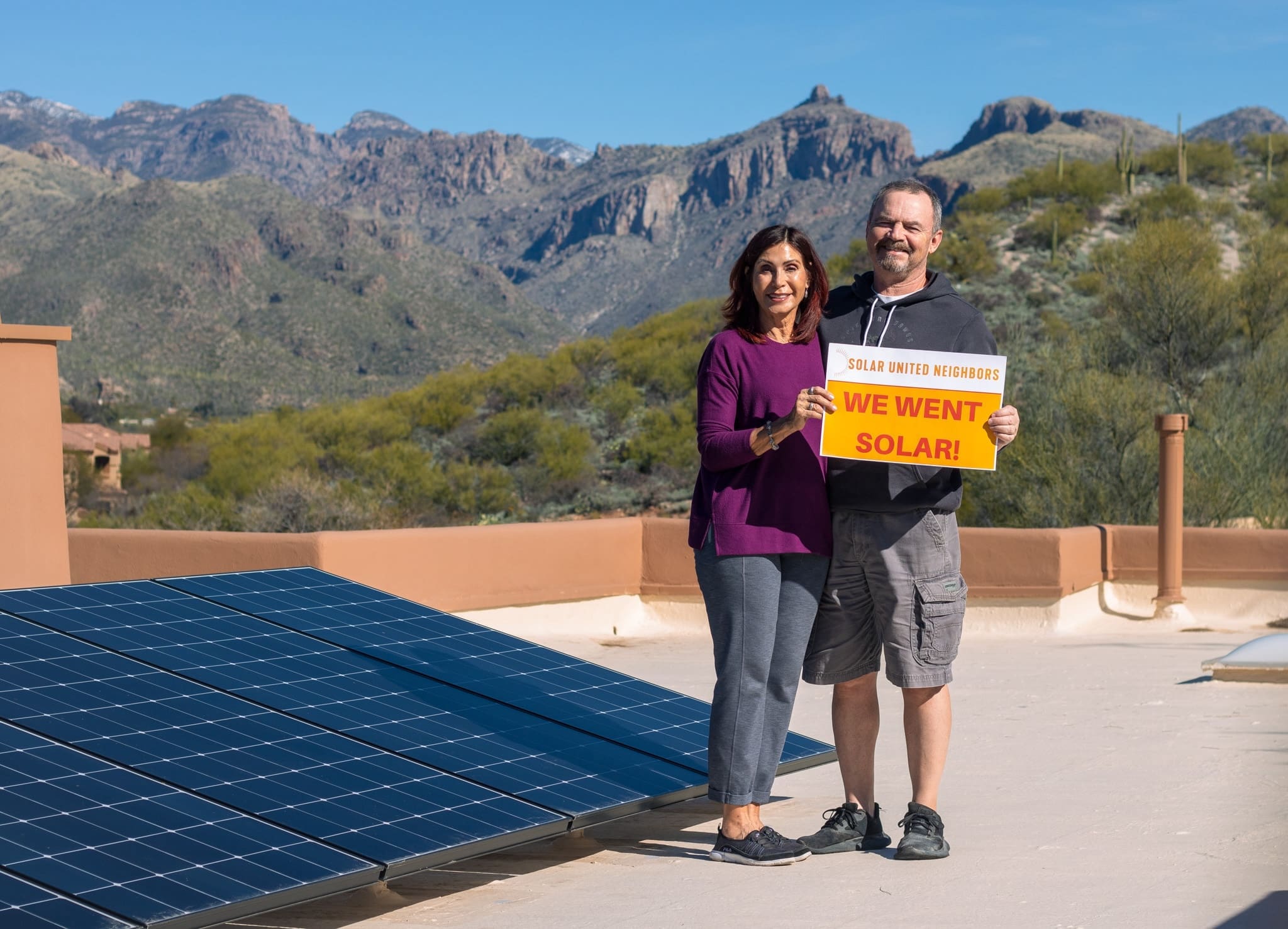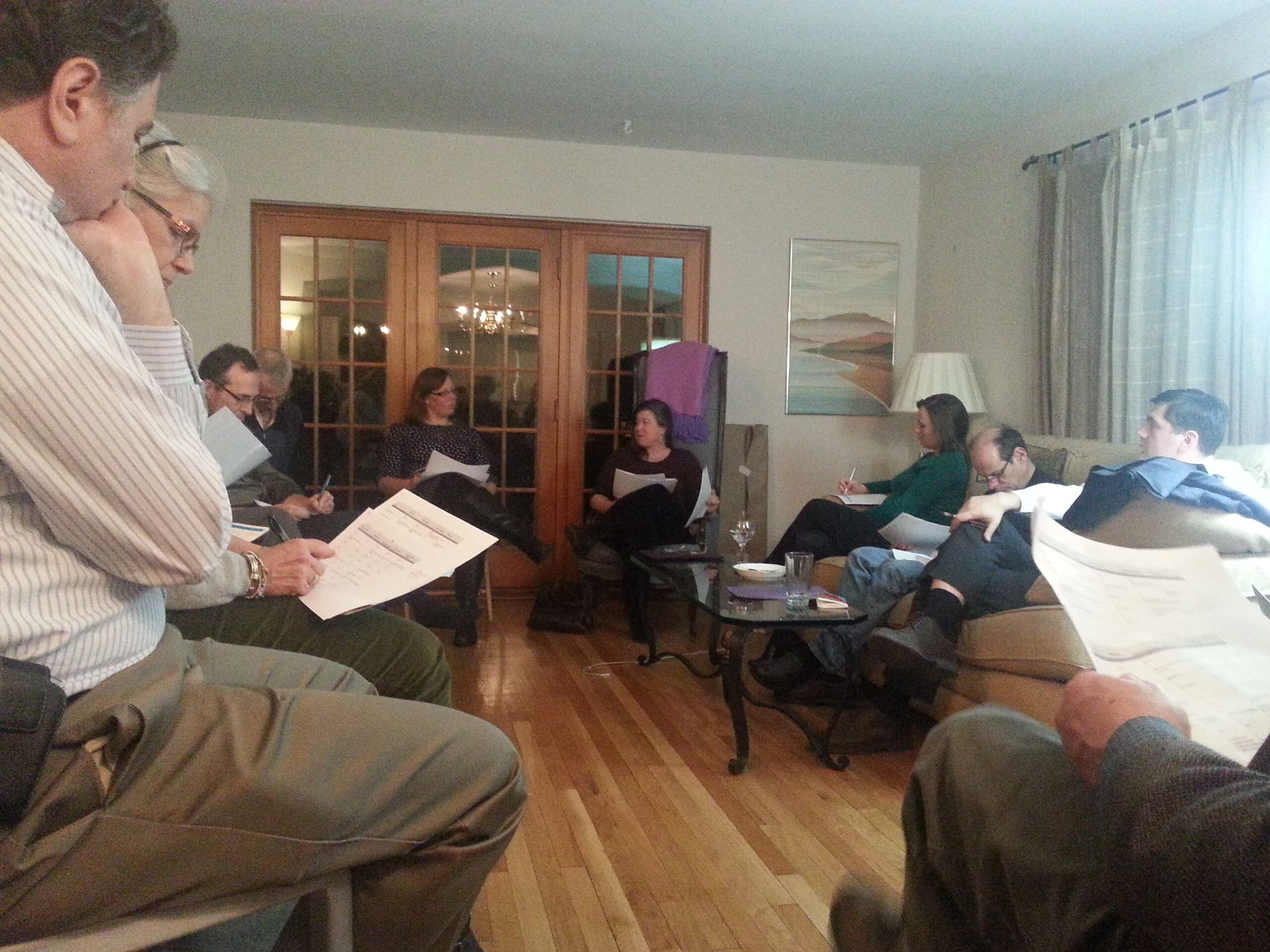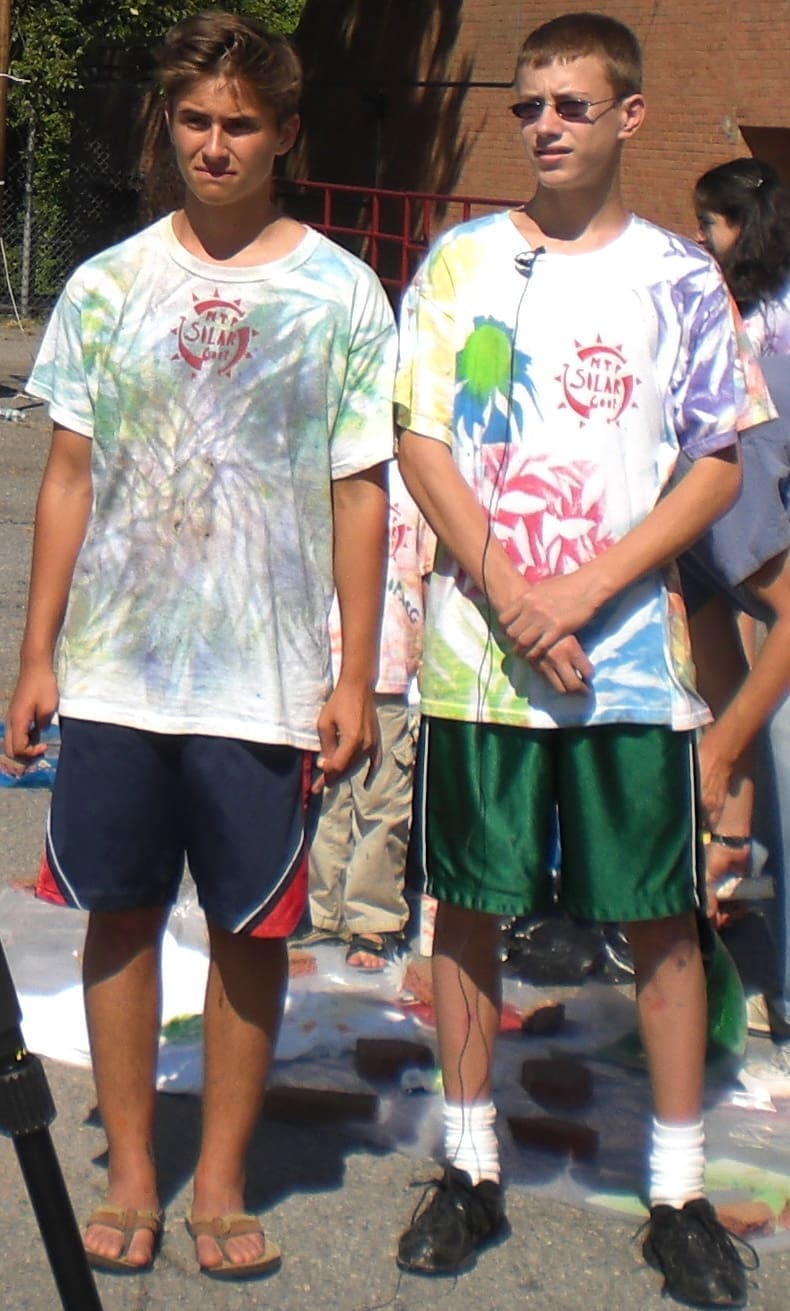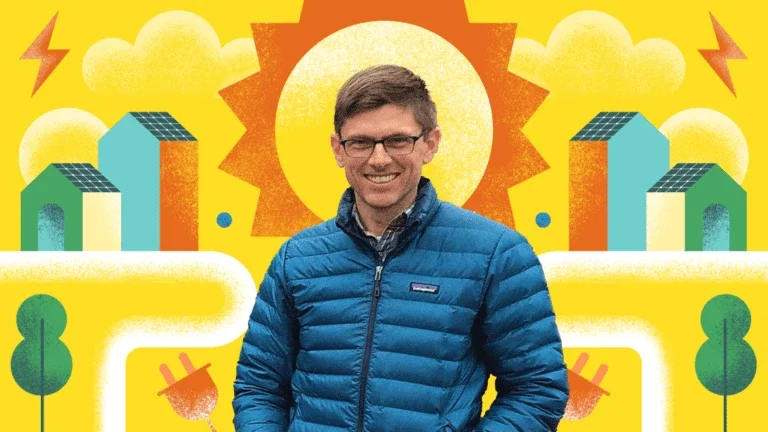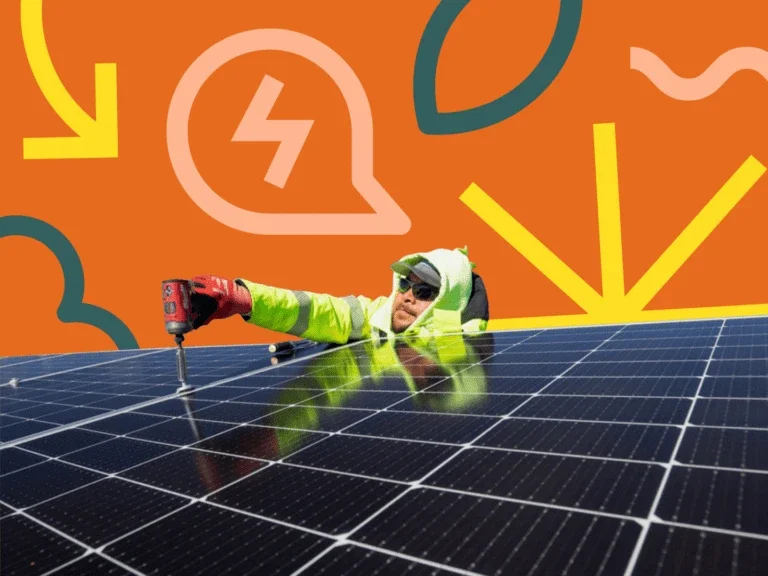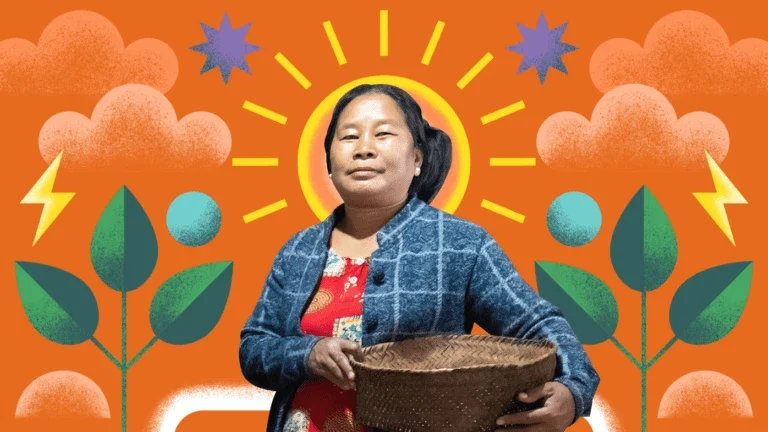Is solar a meaningful weapon in the fight against climate change in the United States? Researchers resoundingly say yes.
Here’s how it works:
- 1The local nonprofit community land trust will take on the solar project, receiving the 30 percent “direct pay.”
- 2In turn, it will lease the panels to homeowners and effectively lower the cost of the project by 30 percent.
- 3Homeowners will save more on their monthly bills than they have to pay, and own the solar project after about five years.
- 4“Figuring out how low-income households can take advantage of the 30 percent tax incentive is critical,” said SUN’s Minnesota Director Bobby King. “Without that, going solar for them will be practically impossible. We are working on setting this up so that it could be used by any nonprofit anywhere in the country. including a nonprofit lender.”
Why it Matters
- 0%%
of greenhouse gas emissions come from the electric power sector
- 0%%
of energy used for space and water heating could come from solar
- >0HomesHomes
have been linked to solar panels through SUN
More in this Matter of Impact Edition
Previous Story
Women Expanding the Boundaries of Wastewater Monitoring
Learn about four women pioneering advancements in global wastewater surveillance work.
Read MoreNext Story
Latina-Focused Produce Rx Program Benefits Entire Families
Reaching vulnerable communities and improving health outcomes through produce prescriptions.
Read More